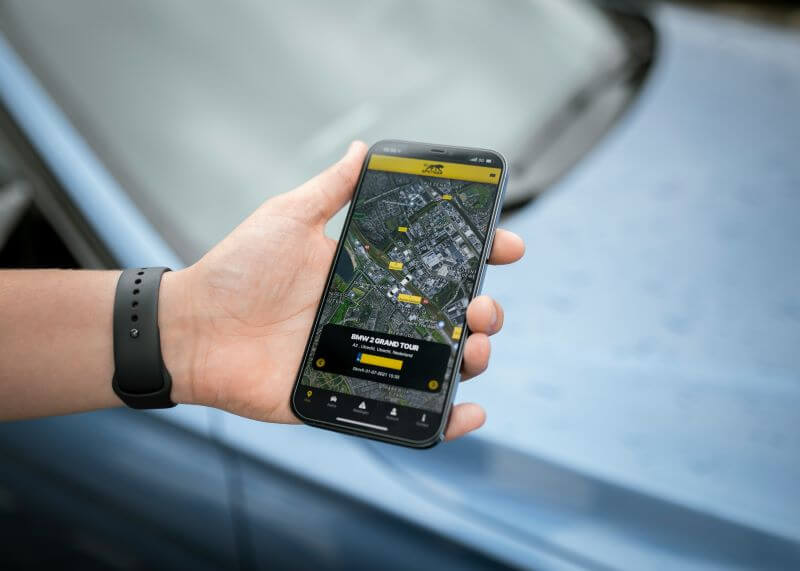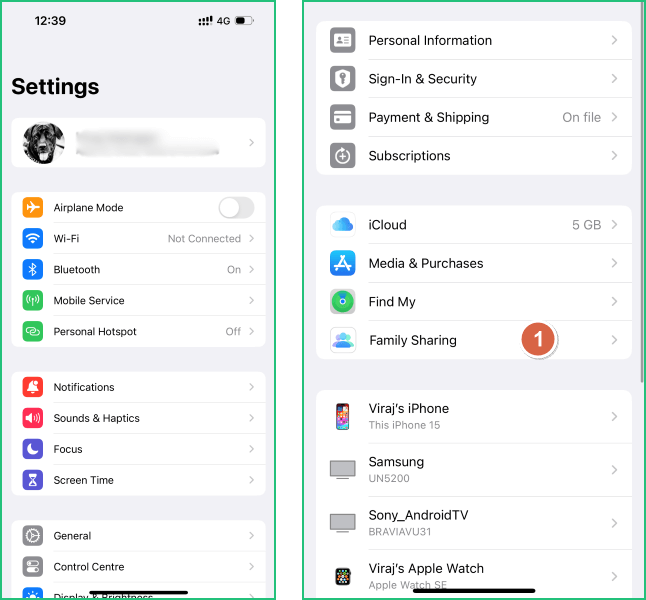Your home—the place that should feel safest—can harbor surprising dangers for little ones who see the world as one big adventure playground. According to the Centers for Disease Control and Prevention (CDC), unintentional injuries remain the leading cause of death in children, with most of these accidents occurring right at home. . But don't let that statistic overwhelm you. With thoughtful preparation and awareness, you can create an environment where your child can thrive safely.
This guide isn't about wrapping your child in bubble wrap or instilling fear. It's about empowering you with knowledge and practical solutions that balance safety with the developmental needs of your curious toddler. Let's explore How to keep your toddler safe at home.
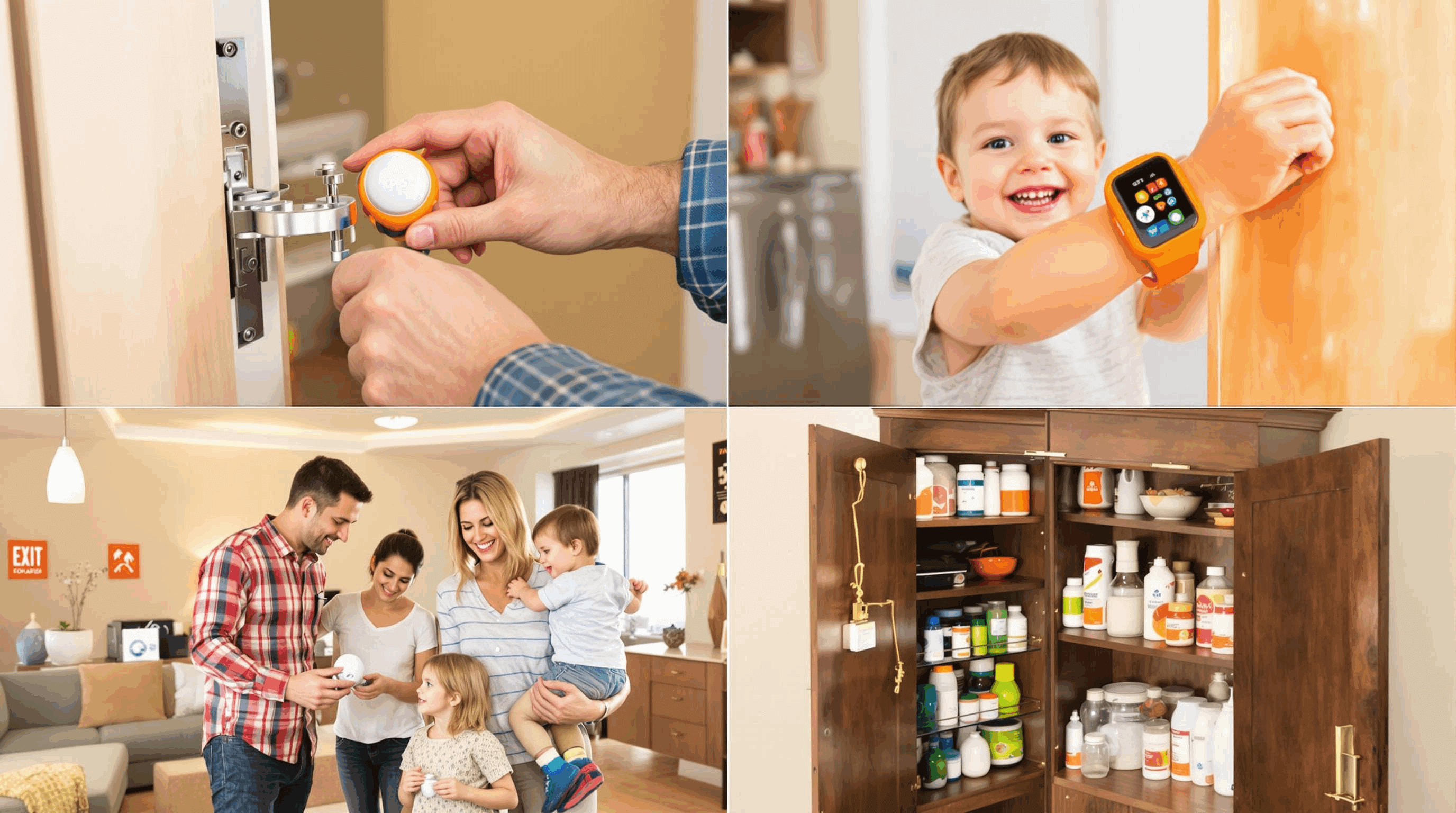
Contents
Where Are the Risky Areas in Your Home for Toddlers?
Personal Safety Risks
The Danger of Falls: When Curiosity Meets Gravity
I'll never forget the pediatric ER nurse who told me, "If they can climb it, eventually they will." Falls represent one of the most common injuries among toddlers, accounting for over 8,000 emergency room visits daily in the United States. . Your toddler's developing motor skills combined with their fearless curiosity creates a perfect storm for potential falls.
Accidental Poisoning
When my friend Emma's 2-year-old daughter was found attempting to scale their bookshelf to reach a colorful toy, they realized how quickly furniture tipping accidents can happen. Unsecured furniture like bookshelves, dressers, and TV stands pose serious risks—according to the Consumer Product Safety Commission, a child is injured every 24 minutes in the US from a furniture tip-over incident
What many parents don't realize is that a toddler's proportionally heavier head makes them naturally top-heavy and unbalanced. This physical characteristic increases their risk when near windows or balconies. In fact, window falls account for approximately5,000 injuries to children under age 10 annually, with toddlers being particularly vulnerable.
Real-world insight: I've found that placing non-slip mats not just in the tub but also on the bathroom floor can dramatically reduce slip hazards. For under $20, this simple solution has prevented countless near-misses in my home.
Accidental Poisoning: When Curiosity Turns Toxic
Let's be honest—we've all had that moment of panic when we realize our toddler has been suspiciously quiet for too long. Your home contains numerous substances that can be toxic if ingested by your curious toddler. What's particularly insidious is how household cleaners with their bright colors and pleasant scents can easily be mistaken for drinks or candy. The American Association of Poison Control Centers reports over 1.2 million poisoning incidents involving children under six each year.
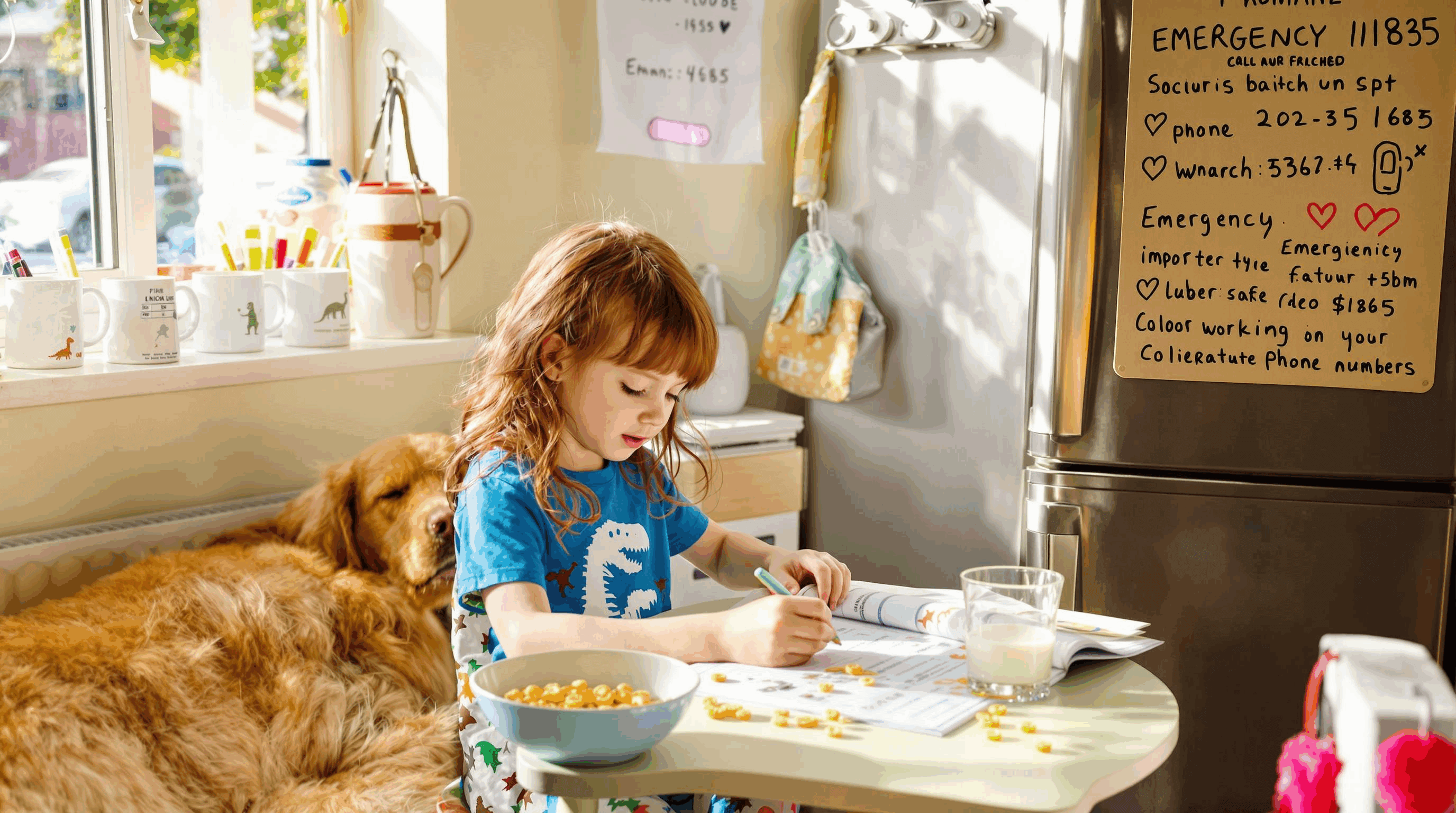
Medications represent another significant poisoning risk, and this one hits close to home for me. My colleague's 3-year-old daughter Sophia discovered her grandmother's heart medication and ingested several pills thinking they were candy. It resulted in an emergency room visit and overnight hospital stay—a terrifying experience that could have been prevented with proper storage.
Critical perspective: While childproof caps on medications help, they're not foolproof. I've watched my 3-year-old niece open a "childproof" bottle in under a minute. The term "childproof" can create a false sense of security—"child-resistant" is more accurate, and even these measures can be defeated by a determined toddler.
Choking Hazards: Small Items, Big Dangers
Plastic bags present a suffocation risk when played with improperly. The Consumer Product Safety Commission estimates that about 25 children under five suffocate each year due to plastic bags—a statistic that haunts me whenever I see a child playing with packaging materials.
Small toys or parts that can fit through a toilet paper tube pose serious choking risks. Items like LEGO pieces, marbles, or magnetic balls are particularly dangerous. When my neighbor's 2-year-old Ethan was rushed to the emergency room after swallowing several magnetic balls, doctors had to perform surgery to remove them before they could cause intestinal damage. Those tiny magnets looked so innocent in the toy box.
Personal approach: I've adopted the habit of sitting down with my toddler whenever he's eating, rather than allowing walking or playing with food. This simple rule has dramatically reduced choking risks in our home, though it requires consistent enforcement.
The Ultimate Checklist for Toddler Safety at Home
Essential Preparations for a Safer Home
1. Install remote monitoring cameras.
Creating a safe environment for your toddler requires thoughtful preparation and implementation of various safety measures. Start by installing remote monitoring cameras in key areas of your home. Modern systems like the Nest Cam or Arlo Baby allow you to check on your child from your smartphone, providing peace of mind when you're in another room.
2. Lock away dangerous items (knives/medicines/lighters).
Secure storage of dangerous items is essential but often implemented inconsistently. Install childproof locks on cabinets containing knives, medicines, cleaning supplies, and lighters. Consider using a medication lock box for prescription and over-the-counter drugs. The Safe Kids Worldwide organization reports that proper storage of medications could prevent nearly 500,000 emergency department visits annually.
3. Practice emergency response drills.
Emergency response preparation can save precious minutes during a crisis. Practice age-appropriate emergency drills with your toddler, teaching them basic responses to situations like fires or injuries. Create a visual emergency plan with simple pictures your child can understand.
4. Prepare a special phone (with only emergency contacts).
Consider setting up a special phone programmed with only emergency contacts. Simplified phones designed for young children, like the VTech KidiBuzz or a basic feature phone with pre-programmed numbers, can help your child reach help if needed.
5. Set up parental monitoring devices
Parental monitoring devices such as Famiguard Pro include not only mobile device location but also social media monitoring and traffic monitoring. The parental monitoring tool can alert your children to unusual movements or surroundings, providing you with extra protection.
Critical Home Safety Modifications
1. Turn off the main gas valve.
Begin your home safety modifications by addressing utility hazards. When leaving toddlers with limited supervision, consider turning off the main gas valve if you'll be gone for extended periods. This eliminates the risk of gas leaks from curious fingers turning knobs.
2. Install protective covers on power outlets.
Install protective covers on all electrical outlets in your home. Modern outlet covers like the Jool Baby Products Self-Closing Outlet Covers automatically slide shut when plugs are removed, eliminating the need to replace individual plastic plugs.
3. Put child locks on windows.
Window safety is critical, especially in multi-story homes. Install window guards or stops that prevent windows from opening more than 4 inches. According to Safe Kids Worldwide, window falls send nearly 5,000 children to emergency rooms annually, but proper window guards can reduce this risk by up to 50%.
4. Remove furniture that can be climbed.
Evaluate your furniture arrangement with a critical eye. Remove or secure items that can be climbed, like bookcases, dressers, and entertainment centers. Use furniture anchors to attach heavy pieces to the wall—IKEA now includes these with all dressers following multiple child fatalities from tip-overs.
5. Keep dangerous items (like knives, cleaning agents, medicines) out of children's reach.
Create a "high zone" strategy for storing dangerous items. Keep knives, cleaning agents, medications, and small choking hazards at least 5 feet off the ground or in locked cabinets. Remember that toddlers are surprisingly good climbers, so height alone isn't sufficient protection.
Honest admission: Despite my vigilance, I once found my toddler standing on a kitchen counter he had climbed using drawer handles as a ladder—a configuration I hadn't recognized as climbable. This taught me that childproofing is an ongoing process requiring constant reassessment as children develop new skills.
Emergency Contact Systems: Creating a Safety Net
1. Create a visual contact card (police/parents/neighbors).
Create a visual contact card with photos and phone numbers for police, parents, and trusted neighbors. For younger toddlers who can't yet read, use pictures alongside numbers to help them identify who to call. Place this card near your home phone or on the refrigerator at your child's eye level.
2. Agree on a special code (like a knocking pattern).
Establish a special code or signal with neighbors who can help in emergencies. This might be a distinctive knocking pattern or a simple phrase your child can use to communicate they need help. When my friends, the Martinez family, created a special. "help knock" (three quick knocks followed by two slow ones) with their next-door neighbor, it came in handy when 4-year-old Diego needed assistance while his babysitter fell ill.
3. Set up speed dial functions.
Set up speed dial functions on home phones and teach your child how to use them. Many modern phones allow you to program emergency contacts with photo buttons, making it easier for young children to call for help.
Practical experience: I've found that regular practice with emergency contacts is essential. We play "emergency phone games" monthly, where my toddler practices identifying and "calling" the right person for different scenarios. This repetition builds confidence and muscle memory for real emergencies.
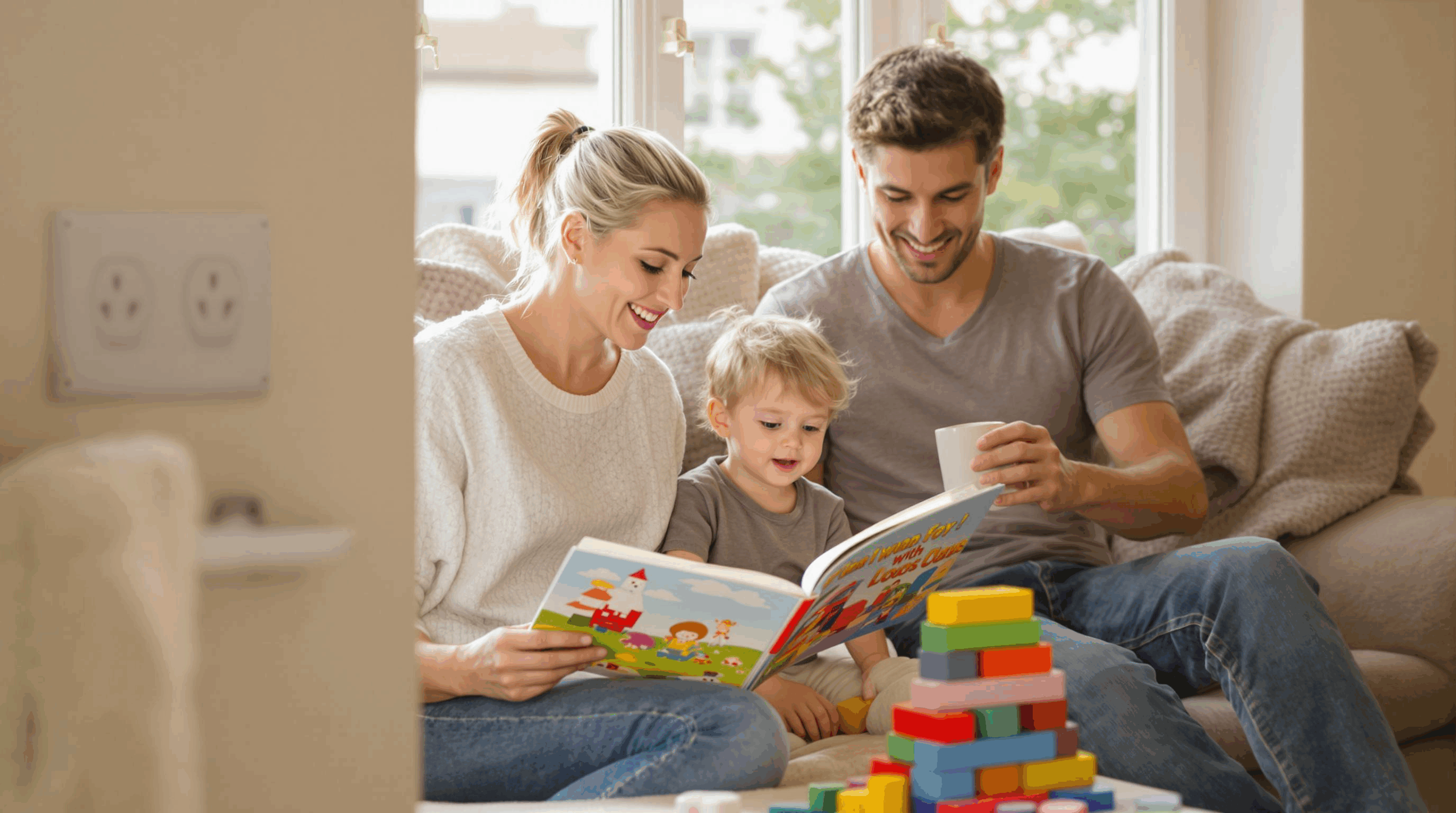
Better Alternatives to Leaving Children Alone
Temporary Care Services: Community Solutions
1. Community mutual care.
While creating a safe home environment is essential, the best safety measure is appropriate supervision. Consider community mutual care arrangements where parents take turns watching each other's children. The Johnson and Kim families in my neighborhood created a successful arrangement where they alternated childcare duties on weekends, ensuring their children always had proper supervision.
2. Temporary property management care.
Some property management companies now offer temporary childcare services for residents. Check if your apartment complex or homeowners association provides such options for short-term supervision needs.
3. Certified platform babysitters by the hour.
Professional babysitting services have evolved with technology. Apps like Care.com, Sittercity, or UrbanSitter allow you to book certified childcare providers by the hour, often with background checks and reviews from other parents. When my colleague Sarah needed to attend an important two-hour meeting, she used UrbanSitter to find a certified caregiver who arrived within 30 minutes.
Candid perspective: While these services offer valuable solutions, I've found that building a reliable network of trusted caregivers takes time and intentionality. Start building these relationships before you're in an emergency situation—interview potential sitters during non-urgent times and have them spend supervised time with your child before leaving them alone together.
Tech Assistance: Modern Solutions for Child Safety
1. Smart wristbands (with geofencing and fall detection).
Technology offers innovative solutions for child safety, though I approach these with both enthusiasm and healthy skepticism. Smart wristbands like the GizmoWatch or AngelSense provide geofencing capabilities that alert you if your child leaves a designated safe area. Many also include fall detection and two-way communication features.
2. Door and window sensor alarms.
Door and window sensor alarms can alert you immediately if your child attempts to open a dangerous area. Products like the Philips Hue Motion Sensor or Samsung SmartThings sensors can send notifications directly to your smartphone when triggered.
Remote communication robots.
Remote communication robots like the Amazon Echo Show or Facebook Portal allow for video check-ins with your child throughout the day. These devices enable you to see and speak with your toddler from anywhere with internet access.
4. Remote monitoring.
Remote monitoring has advanced beyond basic baby monitors to include comprehensive home surveillance systems. Products like the Nanit Plus or Miku Pro offer breathing monitoring, sleep tracking, and two-way audio alongside traditional video monitoring.
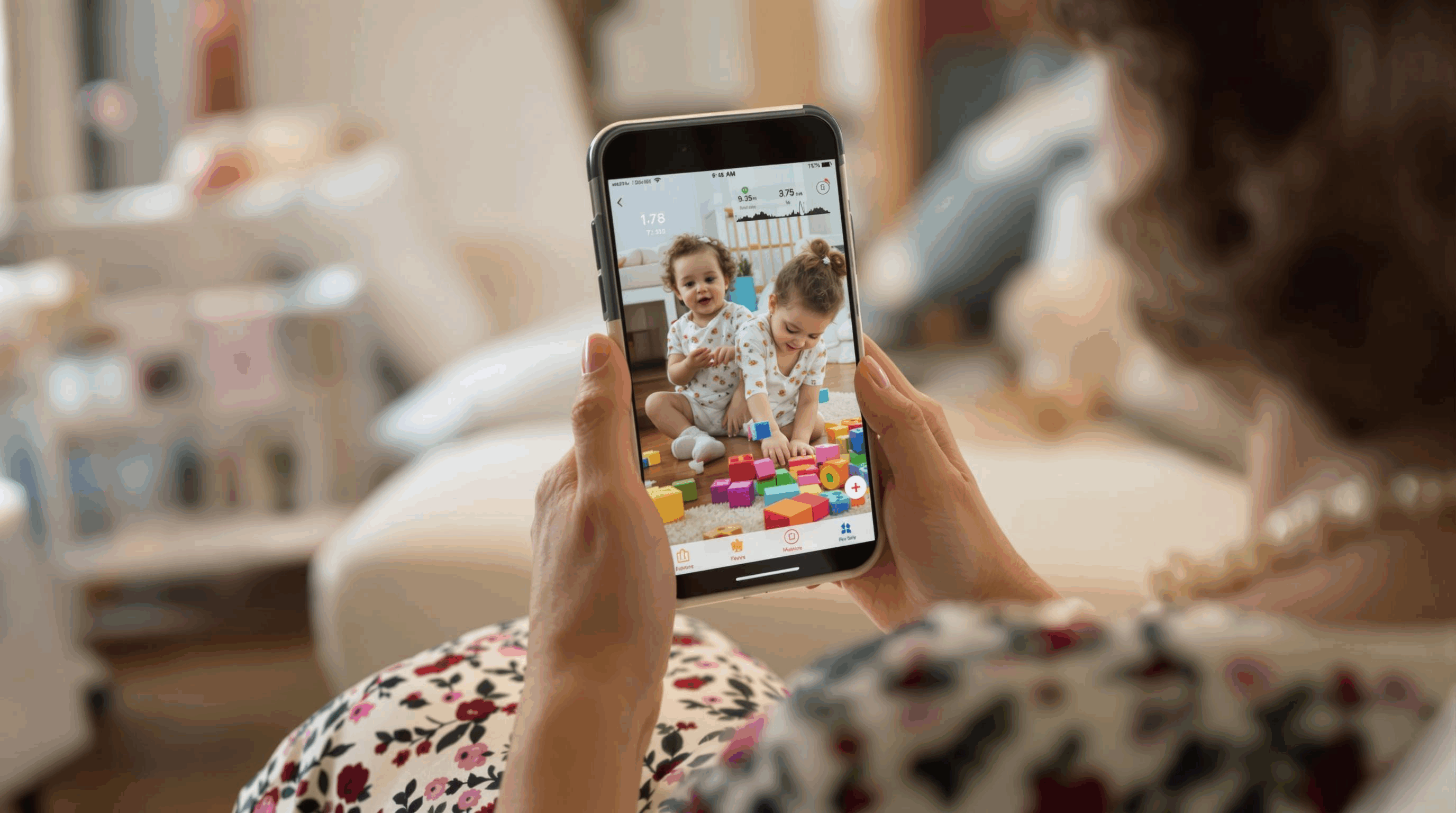

Daily Arrangements: Practical Scheduling Solutions
1. Build a mutual help relationship with neighbors.
Building relationships with neighbors creates an invaluable safety net for your family. When the Garcia family moved to a new neighborhood, they made a point to introduce themselves to neighbors with children of similar ages, eventually creating an informal support network for childcare emergencies.
2. Join after-school care programs.
After-school care programs provide structured supervision for older toddlers and preschoolers. Many community centers, YMCAs, and religious organizations offer affordable programs designed specifically for young children.
3. Adjust parents' work schedules.
When possible, adjust work schedules to minimize time children spend with limited supervision. Some companies now offer flexible work arrangements or job-sharing options that allow parents to coordinate schedules. When my friends Michael and Jennifer both requested adjusted work hours (he starting early, she starting late), they were able to reduce their childcare needs by 15 hours weekly.
Personal struggle: As a working parent, I've faced the guilt and anxiety that comes with balancing career demands and childcare needs. I've learned that perfect solutions rarely exist, but transparent communication with employers about family needs often reveals more flexibility than initially apparent.
Necessary Training for Toddler Safety
Safety Basics: Essential Rules for Young Children
Teaching your toddler basic safety rules is essential, though remember that supervision remains necessary as young children have limited impulse control. Use simple, consistent language to communicate key safety concepts:
"Don't touch electrical outlets—they can hurt you." Reinforce this message with outlet covers and regular reminders.
"We don't climb on furniture—it can fall and hurt you." Demonstrate safe alternatives for reaching desired objects, like asking an adult for help.
"Medicine is not candy—it can make you very sick." Explain that medicine is only for when we're sick and must be given by grown-ups.
"We never open the door to people we don't know.." Practice scenarios where your child responds appropriately to doorbell rings by getting a parent rather than opening the door.
Teaching approach: I've found that safety rules are best taught through consistent, positive reinforcement rather than fear-based messaging. When my toddler remembers a safety rule, I make a big deal of celebrating his good choice rather than focusing on what might have happened if he hadn't followed the rule.

Emergency Drills: Preparing for the Unexpected
1. Fire escape routes.
Fire escape routes should be practiced regularly with your toddler. Create a simple map with pictures showing how to exit from different rooms, and practice your family's meeting spot outside. The National Fire Protection Association recommends monthly fire drills for families with young children.
2. Basic wound treatment.
Basic wound treatment can be introduced to toddlers in age-appropriate ways. Teach them to tell an adult immediately if they're bleeding and show them where first aid supplies are kept. Three-year-old Zoe knew to press a clean towel against her small cut and call for her dad after practicing this response during family safety lessons.
3. Practice emergency call scripts.
Practice emergency call scripts with your child using a toy phone before progressing to a real (disconnected) phone. Teach them to state their name, address, and the emergency clearly. The script might be as simple as: "My name is [name]. I live at [address]. I need help because [simple description of emergency]."
Real-world application: After months of practicing our fire drill, my 3-year-old surprised me by calmly walking to our meeting spot when our smoke detector malfunctioned. The investment in regular practice paid off in his confident response to what could have been a frightening situation.
Conclusion: Creating a Safe Space for Your Toddler
1.Three-Layer Protection System: Physical safeguards + active supervision + safety education
2.Growth-Adaptive Safety: Regularly update childproofing as your toddler develops new skills
3.Emergency Prep Essentials: Current CPR/first aid training + accessible emergency contacts + action plans
4. The Safety Paradox:100% safety is impossible - aim for "managed risk exploration"
5. Parenting Core: Childproofing = tangible love, balancing protection with developmental freedom
As someone who has both studied child safety professionally and experienced it personally, I've come to believe that the goal isn't to create a risk-free environment—that's impossible—but rather to manage risks intelligently while fostering your child's natural development. The balance between safety and exploration is delicate, but with thoughtful preparation, you can create a home where your toddler can safely discover the world around them.
Hi there! I’m Sarah Margaret, a mom of three and the voice behind this blog where I share honest parenting stories and practical tips about family anxiety, home safety, and nurturing love—because let’s face it, parenting is equal parts joy and chaos! After countless sleepless nights and "I’m-not-sure-I’m-doing-this-right" moments with my own kids, I created this space to help fellow parents feel less alone. You’ll find real talk about childproofing hacks, calming routines, and keeping your family strong—no perfection required, just progress. So brew some coffee (or reheat that forgotten cup), and let’s navigate this wild parenting journey together!
Thank you for your feedback!

































